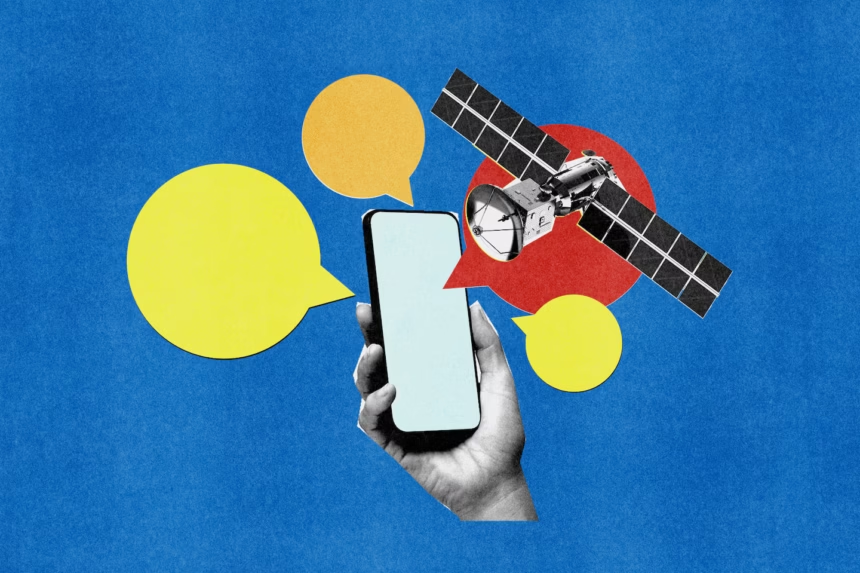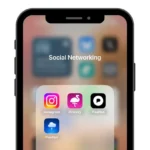In a major step toward eliminating cellular dead zones, T-Mobile has officially launched its Starlink-powered direct-to-cell satellite messaging service for public beta testing. The best part? You don’t have to be a T-Mobile customer to try it. This groundbreaking service, developed in partnership with SpaceX’s Starlink, is designed to keep users connected even in the most remote areas where traditional cell service fails.
What’s Included in the Free Beta?
For now, the service is limited to basic text messaging, allowing users to send and receive texts in dead zones where standard mobile networks cannot reach. However, T-Mobile has bigger plans in store. By the time the service fully rolls out this summer, the company expects to support select mobile applications and even limited multimedia messaging.
Pricing After the Free Trial
Once the free beta period ends in July, T-Mobile subscribers will need to pay $15 per month to continue using the service. However, customers who participated in the beta program will receive a discount, bringing their monthly cost down to $10.
Non-T-Mobile users aren’t left out either. Verizon and AT&T customers can also take advantage of the beta test for free, though they will face a higher monthly fee of $20 per line once the official service launches. On the other hand, T-Mobile’s premium Go5G Next plan subscribers, who already pay upwards of $105 per month, will receive access to the satellite messaging feature at no additional cost.
Super Bowl Ad vs. Reality: What You Need to Know
If you caught T-Mobile’s high-profile Super Bowl commercial, you might have come away thinking that the service already includes satellite-powered voice calls and multimedia messaging. That’s not the case—at least not yet. The public beta currently supports only text messaging, with more advanced features like picture messaging, voice calls, and mobile data usage slated for future updates.
Mike Katz, T-Mobile’s President of Marketing, Strategy, and Products, shared with The Washington Post that multimedia messaging, including photo and video support, is expected to roll out by the end of the beta period in July. Additionally, the company is working to optimize the service for certain apps that don’t require high-speed internet, such as GPS-based trail apps and WhatsApp.
“We’ll be working with a bunch of app manufacturers to create features in their apps that can optimize to the available bandwidth of the satellite network,” Katz said.
Who Can Sign Up?
Registrations for the beta program first opened in December after T-Mobile and Starlink successfully tested direct-to-cell emergency alerts and text messaging in disaster-affected areas. However, while anyone in the U.S. can apply, T-Mobile quietly notes in its fine print that beta access is granted on a rolling first-come, first-served basis—and spots are limited.
According to T-Mobile, the Starlink-powered service is compatible with most smartphones released in the last four years. This includes models from Apple, Google, Motorola, Samsung, and T-Mobile’s own REVVL brand.
The Bigger Picture: The Future of Satellite Connectivity
T-Mobile isn’t alone in the race to bring satellite-powered cell service to the mainstream. SpaceX has been partnering with multiple carriers worldwide to expand direct-to-cell Starlink capabilities, with New Zealand among the first countries to receive nationwide access in December. Meanwhile, AST SpaceMobile—a key player working with Verizon and AT&T on their own satellite-to-cell projects—recently secured regulatory approval to begin testing its network.
With competition heating up, the push for satellite-based mobile connectivity is closer than ever to becoming a reality. For now, T-Mobile’s free public beta gives early adopters a taste of what’s to come—a future where cellular dead zones are a thing of the past.
How to Get Started
If you’re eager to try out T-Mobile’s satellite messaging service, you can sign up for the beta program on the company’s website. Just be prepared for potential wait times due to limited availability. Whether you’re an adventurer venturing off-grid or just someone who wants an extra layer of connectivity for emergencies, this could be a game-changer in mobile communication.
The countdown to a truly connected world has begun. Will you be among the first to experience it?










